Launching a small business isn’t just about opening your doors or flipping the switch on a website, it’s about crafting an exciting build-up that gets people talking. The pre-launch phase sets the stage for how your brand will be received, making it one of the most important parts of your journey. Generating hype doesn’t mean relying on gimmicks; it’s about creating authentic anticipation. By sharing your story, giving sneak peeks, and engaging with potential customers early, you spark curiosity and build trust before launch day. With structured strategies in place, you’ll not only grab attention but also turn early buzz into lasting momentum that fuels long-term growth and sets your business apart from the competition.
1. Start Building Awareness Early
The earlier you begin sharing your business idea, the more time people have to connect with it. Building awareness before your launch day ensures you don’t enter the market unseen. Instead of keeping everything quiet until the last minute, lay the groundwork for interest weeks or even months in advance.
Action Steps:
- Create a simple landing page with your brand name, what you do, and an email sign-up form.
- Offer a pre-launch incentive such as a discount code, early access, or a free resource.
- Start posting teasers on social media, even if it’s just progress updates or behind-the-scenes looks.
- Add a “coming soon” message to your email signature and online profiles.
2. Use Teasers to Spark Curiosity
Curiosity can be more powerful than detailed announcements. Teasers work because they leave room for imagination, making your audience eager for the full reveal. By sharing glimpses of your product or service without giving away everything, you can create a sense of anticipation that builds day by day.
Action Steps:
- Post blurred photos, silhouettes, or partial images of your product.
- Share progress milestones such as packaging arrivals, product testing, or office setup.
- Create countdowns across social media, email, and your website.
- Post short videos with hints or “behind-the-scenes” clips.
3. Work With Micro-Influencers
Micro-influencers are trusted voices with smaller but highly engaged communities. Unlike large influencers, they are more relatable, often more affordable, and better at creating genuine engagement. Collaborating with them before your launch can expand your reach and bring credibility to your brand.
Action Steps:
- Search hashtags on Instagram, TikTok, or LinkedIn to find local or niche influencers.
- Reach out with a personalized message explaining why your brand aligns with their audience.
- Offer free samples, trial access, or sneak peeks in exchange for content.
- Encourage them to share authentic experiences rather than scripted promotions.
4. Involve Your Audience Early
People are more invested in something they helped shape. Involving your audience during the pre-launch phase makes them feel like part of your brand story. Whether it’s voting on designs or offering feedback, participation builds loyalty before your business even starts.
Action Steps:
- Host a poll or survey on logo options, product variations, or features.
- Run a contest where your audience contributes names, slogans, or ideas.
- Ask for opinions on packaging, colors, or menus via social posts.
- Highlight community feedback and thank contributors publicly.
5. Plan a Launch Calendar
Timing is everything when it comes to hype. A structured calendar helps you balance anticipation with steady updates. Instead of overwhelming your audience all at once or going silent for weeks, you’ll deliver a consistent stream of reasons for them to stay engaged.
Action Steps:
- Map out key milestones: teaser posts, giveaways, and the official launch date.
- Spread content out over 3–6 weeks so interest builds gradually.
- Use a countdown approach with weekly, then daily reminders as launch day nears.
- Reserve special “insider announcements” for your email subscribers.
6. Tell Your Brand Story
Your story is often more memorable than your product details. Sharing why you started, the problem you’re solving, and the impact you want to create makes your business relatable. Customers don’t just buy products they support people and values they connect with.
Action Steps:
- Share your personal motivation for starting your business.
- Post about the challenges you overcame while building it.
- Use real images and behind-the-scenes videos instead of polished stock content.
- Create a short brand introduction video to pin on your social pages.
7. Offer Perks to Early Supporters
Exclusivity is one of the strongest ways to drive early interest. Offering something special to people who support you before launch makes them feel valued and encourages action. Early supporters often become your most loyal advocates.
Action Steps:
- Provide early-bird discounts or limited-time pricing.
- Give away free add-ons or gifts for the first customers.
- Create a VIP club or loyalty group for early sign-ups.
- Release limited-edition products or bundles only available pre-launch.
8. Reach Out to Media and Local Press
Media coverage can give your business credibility and reach audiences beyond your personal network. Small businesses are often interesting to local journalists, lifestyle writers, and bloggers who want fresh stories. Preparing a clear message before you contact them increases your chances of being featured.
Action Steps:
- Write a press release highlighting what your business offers and why it matters.
- Create a media kit with your logo, photos, and founder bio.
- Compile a list of journalists, bloggers, and podcasters in your industry or community.
- Send a short, respectful pitch offering an interview or story angle.
9. Host a Pre-Launch Event or Giveaway
Events give people a chance to interact with your brand in an exciting way. Whether in person or online, they make your business feel real before the official opening. Giveaways also encourage sharing, which spreads your message further.
Action Steps:
- Organize a launch party at your store, a local venue, or online.
- Run a giveaway contest where participants share your page or tag friends.
- Host a live Q&A or product demo on social media.
- Invite local partners, friends, and early supporters to attend.
10. Use Paid Ads Strategically
Paid advertising doesn’t need to be expensive to work. A small budget, used wisely, can amplify your pre-launch message to the right audience. Instead of blasting ads everywhere, focus on precise targeting and testing.
Action Steps:
- Promote your sign-up page with a small daily budget.
- Use retargeting ads for people who visited your website or social profiles.
- Test different images and messages to find what resonates.
- Run short campaigns leading up to launch day with clear calls-to-action.
11. Keep Your Branding Consistent
Consistency builds familiarity, and familiarity builds trust. If your colors, fonts, and messaging are scattered, people won’t remember your brand clearly. Even simple branding consistency helps you appear professional and reliable.
Action Steps:
- Choose 2–3 core colors and use them everywhere.
- Keep your tone of voice consistent across posts, emails, and ads.
- Use matching visuals on your website and social channels.
- Create a brand style sheet for reference.
12. Plan for Post-Launch Momentum
Your launch isn’t the finish line, it’s the starting point. What happens in the weeks after your launch will determine if your hype leads to long-term growth. Keep your audience engaged with updates, gratitude, and new reasons to stay connected.
Action Steps:
- Share testimonials or reviews from first buyers.
- Post user-generated content of customers using your product.
- Announce new updates, features, or restocks soon after launch.
- Send a thank-you email to everyone who supported you.
13. Track, Measure, and Adjust
Not all hype strategies work equally for every business. Tracking your efforts helps you see where the biggest results came from. By measuring and adjusting, you’ll build a stronger foundation for future campaigns.
Action Steps:
- Track email sign-ups, social engagement, and website visits.
- Review sales or pre-orders compared to your efforts.
- Analyze which channels brought the most attention.
- Adjust your future promotions based on this data.
Frequently Asked Questions (FAQs)
1. How far in advance should I start creating hype for my business launch?
Ideally, you should begin your pre-launch efforts six to eight weeks before your official opening. This allows enough time to gather email subscribers, tease your audience with previews, and gradually build awareness without overwhelming people too early. A structured timeline also helps you maintain steady interest until launch day.
2. What’s the most affordable way to generate hype if I have a small budget?
If you’re working with limited funds, focus on organic promotion. Creating a simple landing page, posting consistent teaser content on social media, and reaching out to micro-influencers are effective approaches that cost little to nothing. Hosting small giveaways and engaging directly with your audience can also spread the word without relying heavily on paid ads.
3. Should I focus more on social media or email marketing for pre-launch promotion?
Both are valuable, but email marketing tends to drive more direct results because subscribers have already shown genuine interest. Social media is excellent for visibility and reach, while email allows for deeper communication and stronger conversion. The best strategy is to use social platforms to capture attention and then guide followers to your email list for more personalized updates.
4. How do I know if my pre-launch hype strategy is working?
The best way to measure success is by tracking signs of growing interest. This might include a steady increase in your email list, rising engagement on teaser posts, or more visits to your website as launch day approaches. If people are asking questions, sharing your updates, and showing eagerness to buy or sign up, it’s a strong indicator that your efforts are paying off.
5. What are common mistakes small businesses make when trying to build hype?
Many small businesses wait until the day of the launch to start promoting, which often results in a slow start. Others over-promise or send too many repetitive messages, which can turn potential customers away. Another mistake is focusing only on launch day without planning how to maintain momentum afterward. Avoiding these pitfalls ensures your excitement translates into long-term customer loyalty rather than a one-time spike in attention.
Final Thoughts
Hype isn’t just about making noise; it’s about executing a thoughtful strategy. A carefully planned launch builds awareness, trust, and excitement that carry your small business confidently into its first months.
Every action you take before launch day lays the groundwork for long-term growth. Whether you’re opening a cozy local shop, unveiling an online store, or introducing a new service, the same principle applies: momentum matters. By following these proven steps, your business doesn’t just open; it opens with impact, energy, and the kind of buzz that creates sales.
References
• https://www.apparelentrepreneurship.com/succeed-before-you-even-start-16-ways-to-building-hype-around-your-upcoming-brand-launch/
• https://www.brandedagency.com/blog/hype-brand-strategies
• https://sprucerd.com/blog/how-to-build-fun-hype-around-your-launch/
• https://www.entrepreneur.com/growing-a-business/5-powerful-pre-launch-strategies-for-your-next-ecommerce/362739
• https://www.visualfizz.com/blog/how-to-create-hype-for-your-new-product-launch/
• https://www.bluchic.com/create-hype-website-launch/
• https://jennakutcherblog.com/hype/
• https://www.hosted.com/blog/effective-product-launch-strategies/
• https://dowelldesignstudio.com/how-to-create-hype-for-your-business-launch/
• https://mirasee.com/blog/product-launch-ideas/





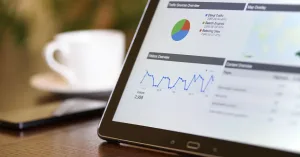


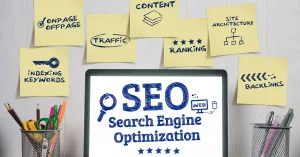
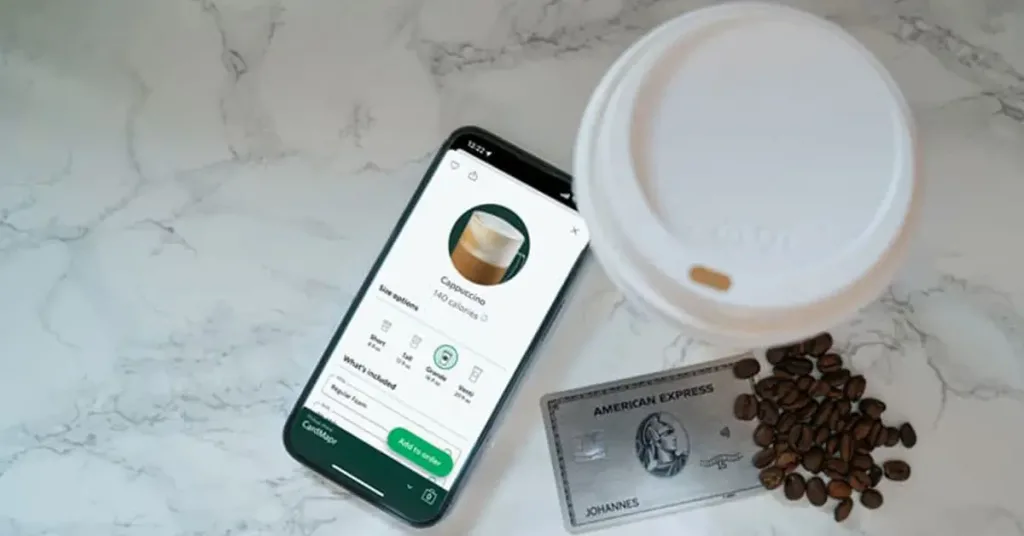
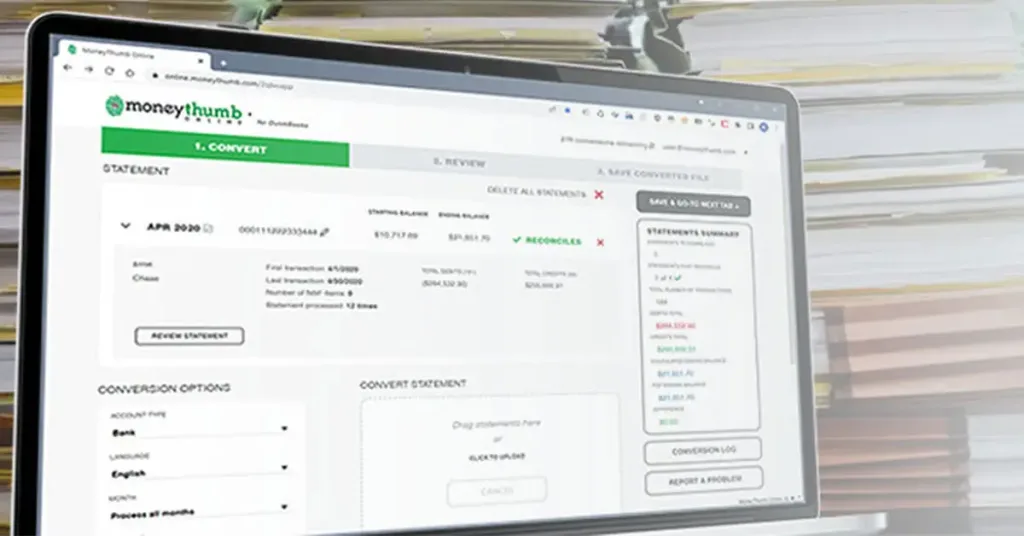
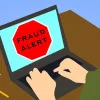


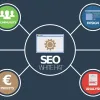






Add comment